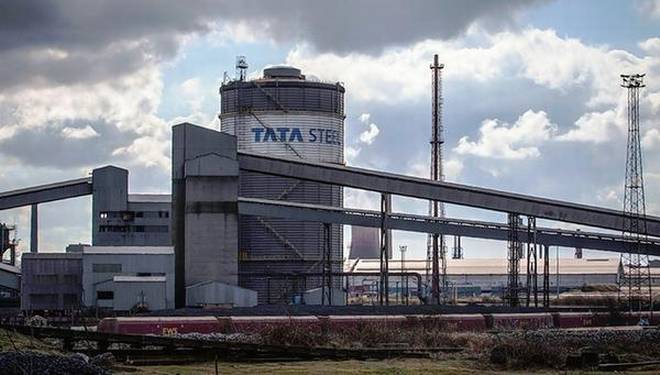The company's planned capital expenditures for 2019-2020 of Rs 120 billion (or Rs 12,000) have now been revised and reduced to about Rs 80 billion (or Rs 8,000) (Rs 1 is equal to Rs 10 million, which is is approximately 140 thousand US dollars). Of the previously planned capex of Rs 12,000, almost Rs 8,000 is for manufacturing activities in India and the remaining Rs 4,000 for Europe.
T.V. Narendran, CEO of Tata Steel, said capex will be cut in both regions.
The company's main Indian capital investments are related to the Kalinganagar steel plant, which is currently undergoing its second phase of expansion by five million tons.
Steel prices were under pressure around the world. While India's infrastructure and construction sectors have improved somewhat, demand for cars, capital goods and consumer goods remains weak.
However, Narendran hopes that demand will improve in the second half of the year.
Narendran also said that Tata Steel is simplifying its corporate structure by reducing the number of subsidiaries by 100-120. The company currently has about 300 branches in Europe.
Tata Steel plans to merge some of its subsidiaries in India and reorganize them into four vertically managed structures for scale, simplicity and synergy. The likely verticals are long products, processing, infrastructure, utilities and mining.





